We have looked at the 43 foot antenna available from DX Engineering and Zero Five alongside the BigIR product from SteppIR. In addition, the BigIR was simulated using the optional 80 meter coil.
Both antenna types approach the vertical HF antenna problem with unique solutions.
The 43 foot antenna never changes height. Its height is such it never places the high impedance part of the antenna at the feed point at any desired operating band to give a tuner a chance to turn this wild impedance to 50 ohm resistive.
The BigIR literally adjusts height to make itself just the right length to resonate and bring the feed point close to 50 ohm resistive.
These are two interesting and opposite solutions.
Let’s look at the plots for 10, 15, 20, 40 and 80 meters again…
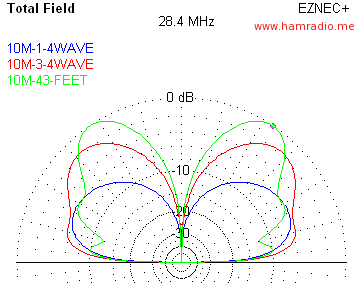
– – – – – – – –

– – – – – – – –
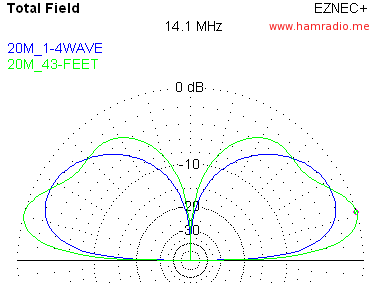
– – – – – – – –
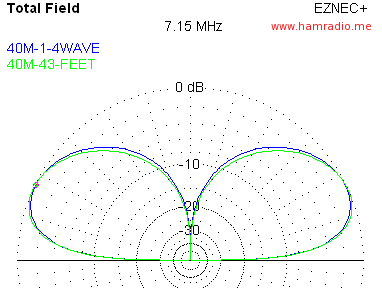
– – – – – – – –
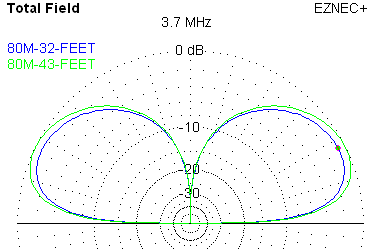
BigIR points include:
- Beats the 43 foot handily at 10 meters
- The 1/4 and 3/4 modes for 10 and 15 meters offers a great choice in antenna pattern
- No antenna matcher required since the antenna length does the tuning for you
- Antenna SWR under 2:1 a completely reasonable expectation
- SteppIR’s clever variable length antenna and optional 80 meter coil have moving parts resulting in complexity
- BigIR needs 4 (or 8 with 80 meter coil) control wires to operate antenna from shack
- For what you get, the antenna cost is a great value, but is, indeed, not cheap
43 Foot Antenna points include:
- Provides a significant benefit for 20 meter DX with good gain and potentially low take off angle
- Requires some kind of antenna matcher for every band except, perhaps, 60 meters, at antenna feed point or in the shack
- Balun helpful to ensure currents are fully driven to antenna if not using matcher at the antenna base
- Arguably much simpler antenna system with no moving parts
- If matcher located at antenna base, additional wiring required
…and…
- Neither antenna differs much at 40 and 80 meters
- The 43 Foot antenna may provide some use at 160 meters – better than nothing I guess
- The 43 Foot antenna system between 1/3 to 1/2 the cost of the BigIR system not including the required antenna matcher for the 43 foot system
Which one to pick? Well, for me the answer is not obvious. I like antennas that present low SWRs to the feedline. I like simple antenna systems. I also like 20 meters a lot. I have no problem with the cost of the BigIR.
One obvious answer is to get one of each and switch between the two. Well, I do have the room and do have the switch. However, the whole point of the Shootout is to decide the most effective antenna if you could only have one.
With the upcoming sunspots the 10 and 15 meter bands look very attractive and a good ground mounted vertical may be just the thing. However, I have got to wonder if a modestly high 10 meter dipole won’t work better than the ground mount.
I am inclined to take advantage of the DX Engineering Zero Five price war and just get the 43 Foot antenna for now since it is a plug and play system to replace my current 16 foot vertical (which works great on 20).
My preparations focus mostly on the Virginia QSO Party where NVIS 40 and 80 meter antennas along with a decent 20 meter DX antenna are a great combination.
Whatever choice you make it is nice to know great products like the BigIR and the 43 Foot offerings are available. Just remember to not cheat yourself concerning a good ground system; Both antenna systems are incomplete without it. You need lots of radials. Read the ARRL Antenna book to nail down the reasons why.
A good vertical antenna is a sensible first antenna and a great addition to your dipole. Either choice will offer the possibility of lower takeoff angle to improve your chances at DX contacts. These two choices deserve a good hard look for your first or next vertical.
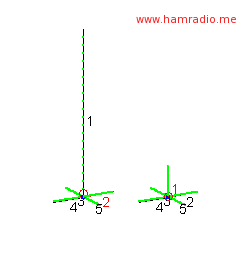
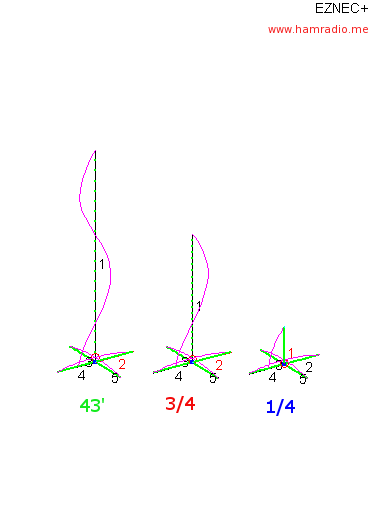
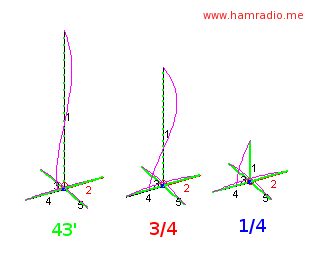
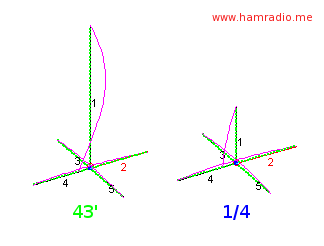
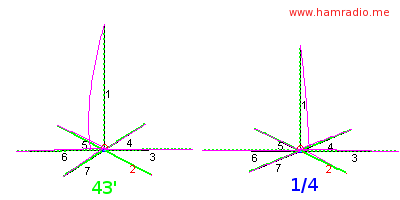
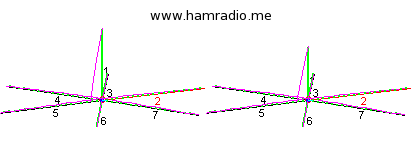
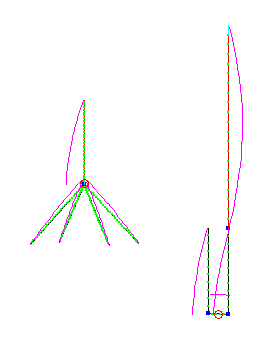
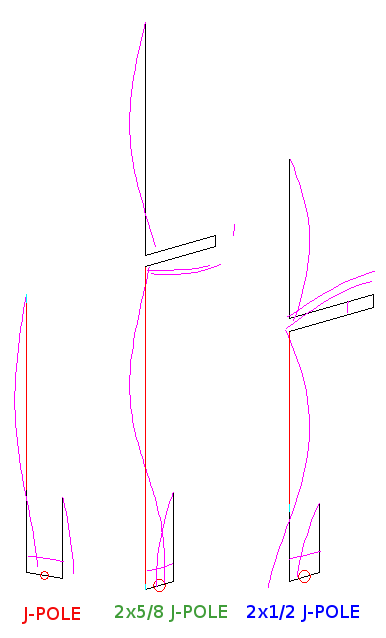
UPDATE:
I purchased and installed the DX Engineering 43 foot kit early 2009. Details are located in this post:
43-foot-antenna-installation-the-rising.html